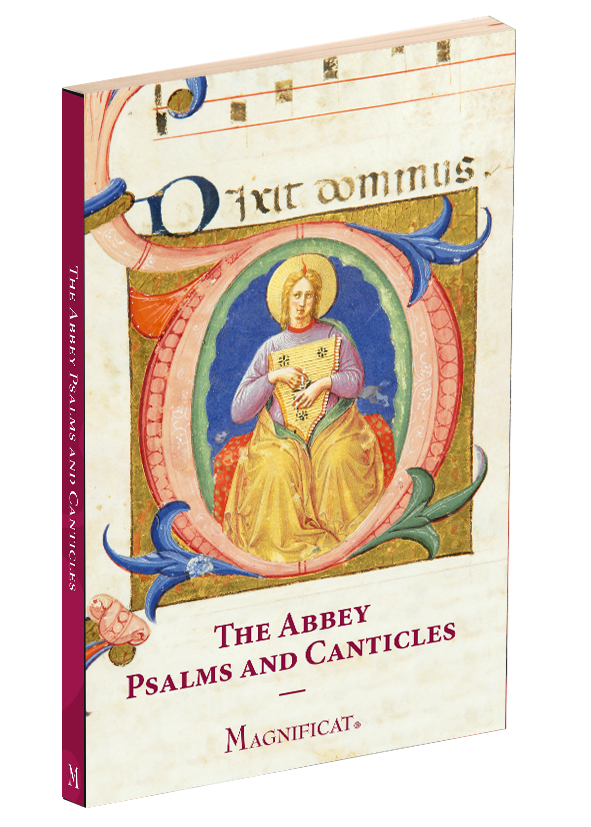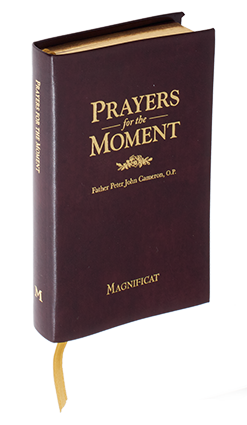A traditional Passover supper is a highly regimented affair. The word seder in Hebrew, in fact, which refers to this meal, means “order” in the sense of an orderly arrangement or rite. The ceremonial meal accordingly unrolls with a comforting predictability.
Against this background, Jesus’ behavior at the Last Supper is strangely provocative to say the least. Confessing that he has long been anticipating this moment—I have earnestly desired to eat this Passover with you (Lk 22:15)—the Lord ensures that everything is prepared according to his specifications, sending off two disciples with meticulous directions to arrange the scene (Lk 22:7-13; cf. Mk 14:12-16). Yet somehow the carefully planned and familiar celebration takes what the Twelve must have experienced as a disorienting turn.
No mention is ever made of the one absolutely essential item—the Passover lamb—an oversight not unlike forgetting to note the Thanksgiving turkey. Instead, the disciples are mysteriously urged to eat what Jesus calls his body and blood: a meal which bears the appearance of mere bread and wine. Jesus himself, of course, is the Lamb of God, as we know from John’s Gospel.
John, although he holds this theological key, curiously makes no direct mention of the institution of the Eucharist, although Jesus does now revealingly call himself the true vine (Jn 15:10), just as he earlier said he was the living bread come down from heaven (Jn 6:51). Instead, we see the Lord opting for another surprising image, pointing to his coming death. Whereas the Passover rite includes a double washing of the hands, the Master here begins crawling on the floor to wash his disciples’ filthy feet, assuming the posture of an abject slave—against which indignity Peter energetically balks. Jesus then delivers a long discourse, in which we hear nothing of the Exodus story, at least not as one would expect at this stage in the rite. Instead, Jesus delivers a sort of mystagogical instruction, issuing a new commandment (13:34) to imitate his example of love, invoking a gift of the Spirit, and calling his followers no longer servants but friends (15:15). In these rich motifs we seize the crucial echo of Israel’s escape from slavery in Egypt and the covenant of Mosaic commandments that was sealed at Sinai. This is John’s rendition of what in the Synoptics is called more simply the “New Covenant”: the institution of a new seder, a new order of mankind’s relation to God.
In this New Eucharistic Covenant, Jesus’ disciples have not only been released from bondage, as the Israelites were. Christ has made each disciple into a little Moses, a chosen witness to revelation and an intimate of God, with Jesus himself assuming the position of YHWH, who spoke to Moses face to face as a man speaks with his friend (Ex 33:11). The radical transformation of the disciples’ status by the Lord’s symbolic act and simple word is a sort of personal transubstantiation, one might say. The disciples’ servile humanity is altered and elevated by Jesus’ humble lowering of his divine being. He became poor so that by his poverty you might become rich (2 Cor 8:9). Jesus’ followers become the very friends of God, who somehow lowers himself to become their slave; and their covenant of mutual friendship is sealed by doing what this mysterious servant-master commands. You are my friends if you do what I command you (Jn 15:14). And what he commands is to do this in memory of him. Made friends of God by showing ourselves true servants of the master who became our slave, he has given us an example to follow: to love one another and celebrate a new feast of charity, washed clean by his own service of love.









